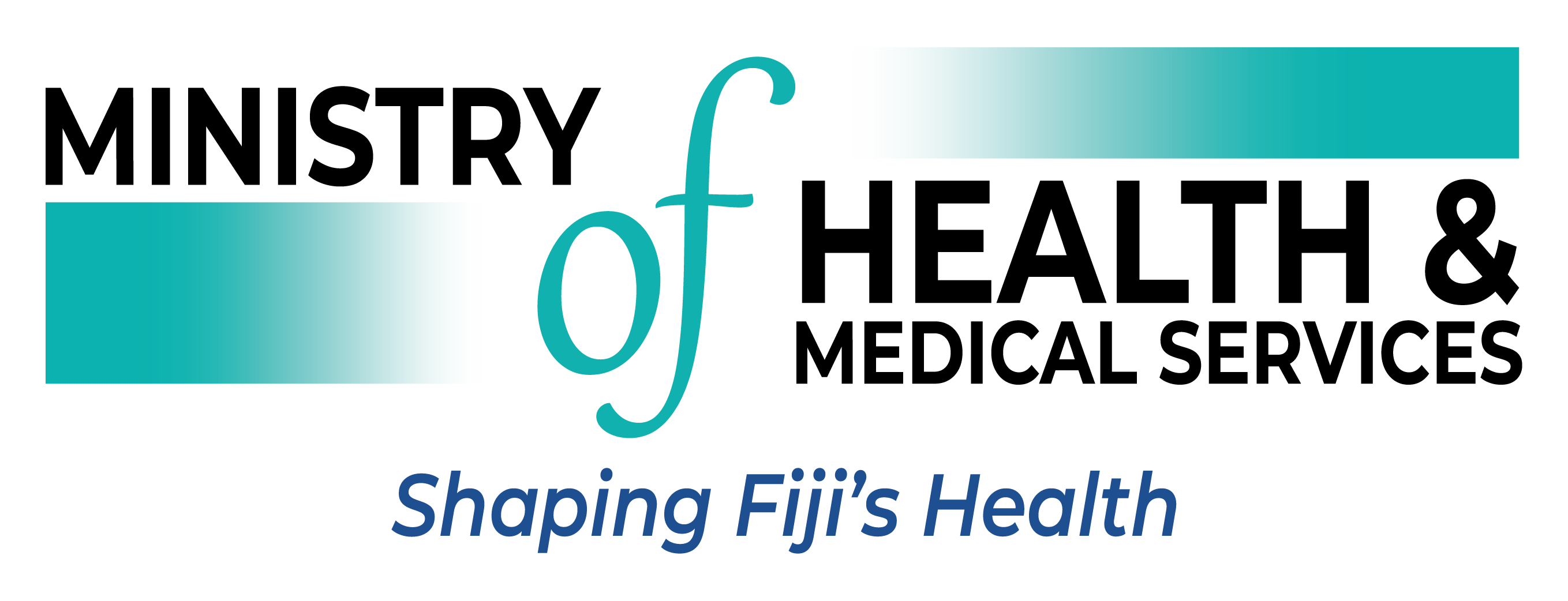Last Updated on 7 years by Publishing Team
What is it?
Tuberculosis (TB) is caused by a bacterium called Mycobacterium tuberculosis. The bacteria usually attack the lungs, but TB bacteria can attack any part of the body such as the kidney, spine, and brain.
TB is curable and preventable, however, if not treated properly, TB disease can be fatal.
Anybody can catch TB, people with a weak immune system (such as those living with HIV), poor nutrition, diabetes etc. have a much higher risk of suffering from TB.
TB in Fiji
In Fiji, TB rates have remained steady in recent years, below 100 cases annually. Case detection rates of TB have improved since the year 2000 and the treatment rate has been fairly consistent between 2011 and 2012
How is it Spread?
TB is spread through the air from person to person. When people with lung TB cough, sneeze, or spit, they propel the TB germs into the air. A person needs to inhale only a few of these germs to become infected.
TB can also be spread if there is overcrowding, poor ventilation, poor diet and poor personal hygiene.
TB is NOT spread by
- Shaking someone’s hand
- Sharing food or drink
- Touching bed linens or toilet seats
Symptoms of TB
- A bad cough that lasts 2 weeks or more
- Coughing up blood or sputum
- Weakness or fatigue
- Weight loss
- No appetite
- Chills
- Fever
- Night sweats
- Pain in the chest
- Coughing up blood
Types of TB
There are two main types of TB. Not everyone infected with TB bacteria becomes sick. As a result, two TB-related conditions exist: latent TB infection and TB disease.
Latent TB Infection
TB bacteria can live in the body without making you sick. This is called latent TB infection. In most people who breathe in TB bacteria and become infected, the body is able to fight the bacteria to stop them from growing.
People with latent TB infection;
- Do not feel sick
- Do not have any symptoms.
- Are not infectious
- Cannot spread TB bacteria to others.
However, if TB bacteria become active in the body and multiply, the person will go from having latent TB infection to being sick with TB disease.
TB Disease
TB bacteria become active if the immune system can’t stop them from growing. When TB bacteria are active (multiplying in your body), this is called TB disease.
People with TB disease
- Are sick
- May also be able to spread the bacteria to people they spend time with every day.
Many people who have latent TB infection never develop TB disease. Some people develop TB disease soon after becoming infected (within weeks) before their immune system can fight the TB bacteria.
Other people may get sick years later when their immune system becomes weak for another reason.
For people whose immune systems are weak, especially those with HIV infection, the risk of developing TB disease is much higher than for people with normal immune systems.
Learn more about the difference between LTBI and TB Disease.
Risks of TB
Once a person is infected with TB bacteria, the chance of developing TB disease is higher if the person:
- Has HIV infection;
- Has been recently infected with TB bacteria (in the last 2 years);
- Has other health problems, like diabetes, that make it hard for the body to fight bacteria;
- Abuses alcohol or uses illegal drugs; or
- Was not treated correctly for TB infection in the past
Who is most at Risk?
All age groups are at risk of TB, however, TB mostly affects young adults in their most productive years.
People who have HIV or other conditions that harm the immune system are up to 34 times more likely to become sick with TB.
Tobacco use also greatly increases the risk of TB disease and death. More than 20% of TB cases worldwide are attributable to smoking.
Exposure to TB
If you think you have been exposed to someone with TB disease, contact your health care provider or local health department to see if you should be tested for TB infection. Be sure to tell the doctor or nurse when you spent time with the person who has TB disease.
Diagnosis of TB
It is important to diagnose people early to ensure they do not continue to transmit TB. People who are close to and spend time with that person should also be treated.
Testing includes;
- Clinical examination
- Chest x-ray
- Sputum examination
- Mantoux-skin test for TB
Tuberculosis is particularly difficult to diagnose in children.
Treatment of TB
TB disease can be treated by taking several drugs for around 6 to 9 months. It is very important to finish the medicine, and take the drugs exactly as prescribed. If you stop taking the drugs too soon, you can become sick again. If you do not take the drugs correctly, the germs that are still alive may become resistant to those drugs. TB that is resistant to drugs is harder and more expensive to treat.
- Treatment takes at least 6-9 months of daily medication
- Intensive phase of treatment is around 2 months (in-patient)
- Continuation phase of treatment is around 4 months
If TB is not treated early, it can lead to death.
Prevention
There are some steps you can take to reduce your risk of catching or spreading TB.
- Use a handkerchief while sneezing or coughing
- Do not spit unnecessarily and especially in public
- Ensure there is good ventilation around you
- Avoid overcrowded areas
- Wash your hands properly with soap and clean water
Eat a healthy diet to ensure your immune system is strong and can fight TB
